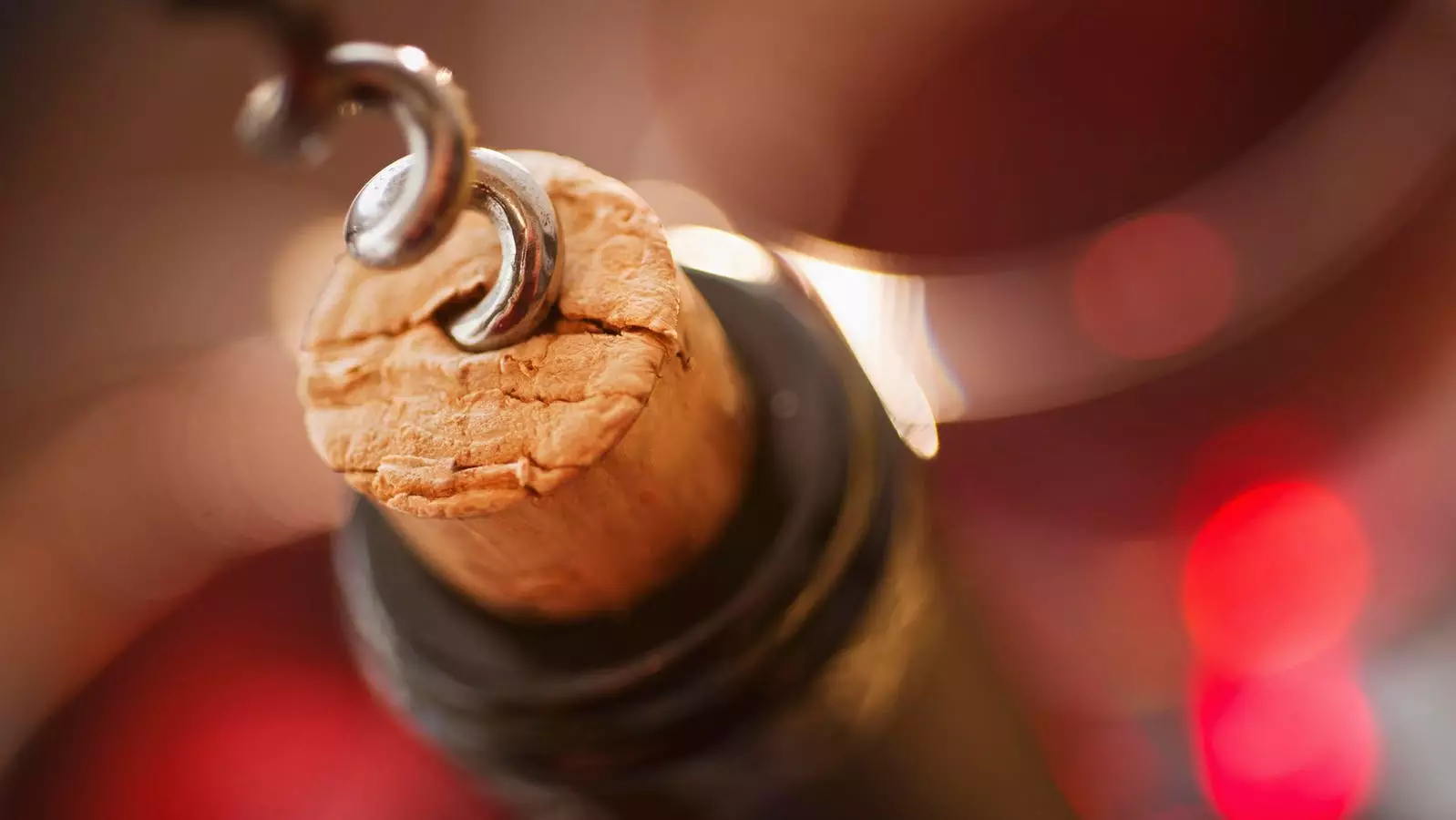The holiday season often brings a delightful array of gatherings, from festive parties to cozy family dinners. When it comes to choosing the perfect hostess gift or finding that ideal present for a discerning friend or relative, a quality bottle of wine frequently tops the list. Yet, as simple as this gesture may seem, the process of selecting a bottle can reveal intriguing insights into consumer psychology and marketing strategies. Notably, when faced with options, many individuals find themselves confronting surprising biases—particularly when it comes to the type of closure on the wine bottle.
Desirability of Tradition: Cork vs. Screw Cap
Imagine yourself in a local wine shop, carefully assessing potential gifts. You come across a bottle adorned with a prestigious 94-point rating from Wine Spectator. Just as you reach for it, you pause: it has a screw top. This moment of hesitation is significant. Despite growing awareness of the reliability of screw caps in preserving wine, a psychological bias persists. For many, whether they consider themselves wine enthusiasts or casual drinkers, the appearance of a screw cap may evoke skepticism. This response is not solely based on personal taste—cultural connotations associated with wine closures dampen the allure of an otherwise perfect selection.
Natural corks have long been the traditional choice for wine sealing, symbolizing quality, elegance, and a certain level of sophistication. The act of uncorking a bottle has developed into a revered ritual that signifies celebration or intimate gatherings. Wine marketers capitalize on this tradition by associating cork closures with premium quality. Consequently, for consumers looking to convey thoughtfulness and generosity, the expectation remains that a corked bottle is a more appropriate gift, even if it could be argued that its functionality could match that of a screw cap.
What do consumer psychology and neuromarketing reveal about these choices? Multiple studies have shown that consumers are inclined to pay significantly more for wine sealed with natural corks, sometimes by as much as 20%. This willingness to pay extra is likely influenced by the emotional and cognitive responses triggered by the cork-popping sound—a satisfying auditory cue that signals anticipation and quality. The sensory experience of wine-tasting is not merely confined to flavor; it involves a complex interplay of sounds, sights, and expectations that can elevate enjoyment.
When we consider the tactile and audio elements of wine, the opening of a bottle becomes much more than a means to an end. It signals the beginning of a shared experience, one that resonates strongly with cultural norms regarding hospitality and celebration. A twist-off bottle cap, by contrast, may be viewed as less ceremonious, lacking the ritualistic weight that many consumers associate with fine wine.
On the surface, one might assume that ease of use would dictate consumer preference. After all, opening a screw cap is a straightforward, hassle-free venture compared to the potentially frustrating struggles associated with corkscrews. However, research suggests that consumers are often willing to embrace inconvenience if it enhances perceived value. Behavioral science expert Richard Shotton points out that consumers may imbue opening a corked bottle with a sense of effort that translates to greater appreciation of the wine.
In studies to measure taste perception, it has been noted that when participants uncorked the wine themselves, their enjoyment markedly increased compared to situations where they merely observed another person performing the task. This indicates that personal involvement in the act can enhance the tasting experience, albeit introducing a paradox: while screw caps offer practical benefits, perceptions stemming from tradition can override logical conclusions drawn from efficiency.
Broader Implications for Branding and Packaging
The insights gleaned from the cork versus screw cap debate extend beyond just wine. Brands in various industries must consider how packaging can influence consumer behavior and purchasing decisions. Elements such as tactile feedback, visual aesthetics, and symbolic associations play critical roles in shaping customer perceptions. Products that successfully align their design and packaging with consumer expectations can enhance the overall experience and foster a deeper emotional connection.
Understanding the nuances of consumer psychology is vital for brands aiming to establish meaningful connections with their audiences. Whether through the lens of wine or other products, the interplay between tradition, perception, and practical functionality offers invaluable lessons for marketers. By thoughtfully considering how packaging influences consumer choices, brands can ultimately craft experiences that resonate more deeply, ensuring they not only meet customer expectations but also exceed them. In the ever-competitive marketplace, recognizing and harnessing these psychological factors can prove the difference between a good product and a great one.


Leave a Reply